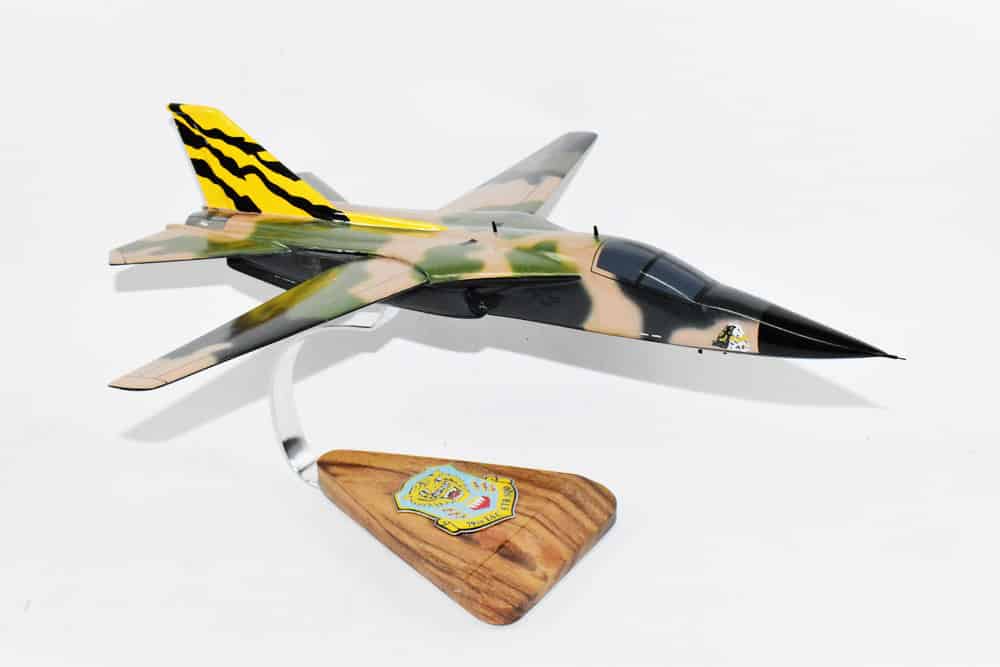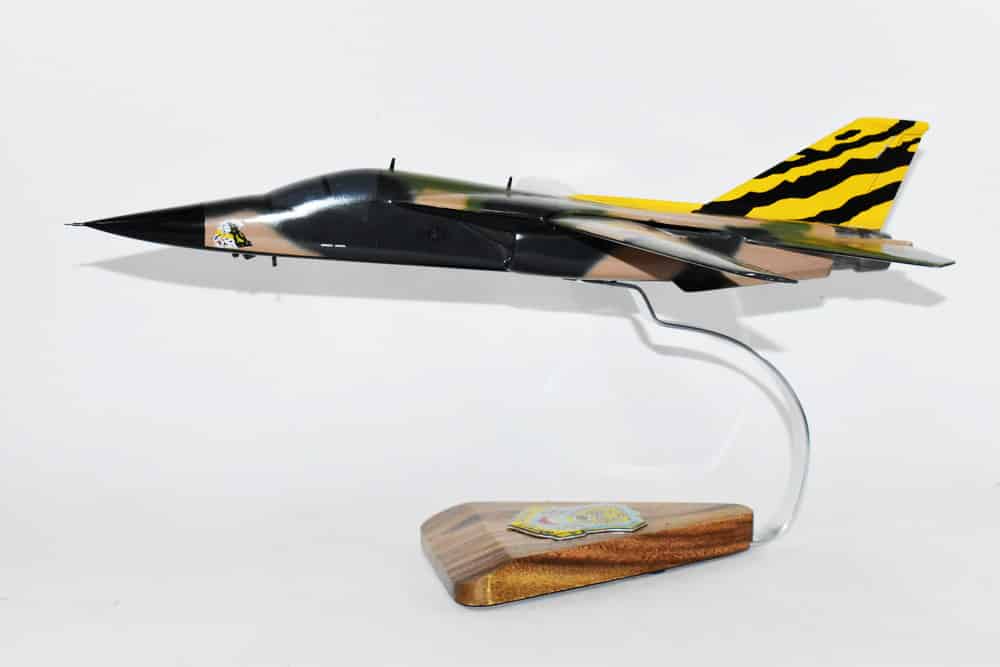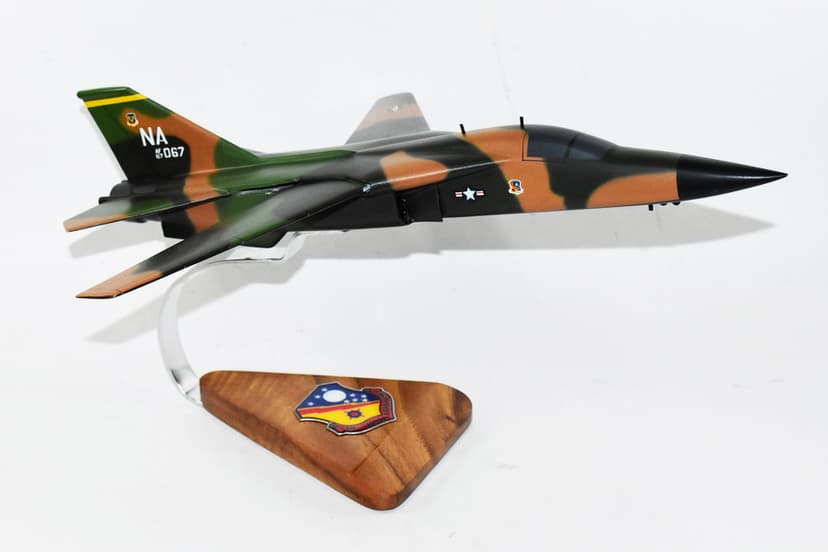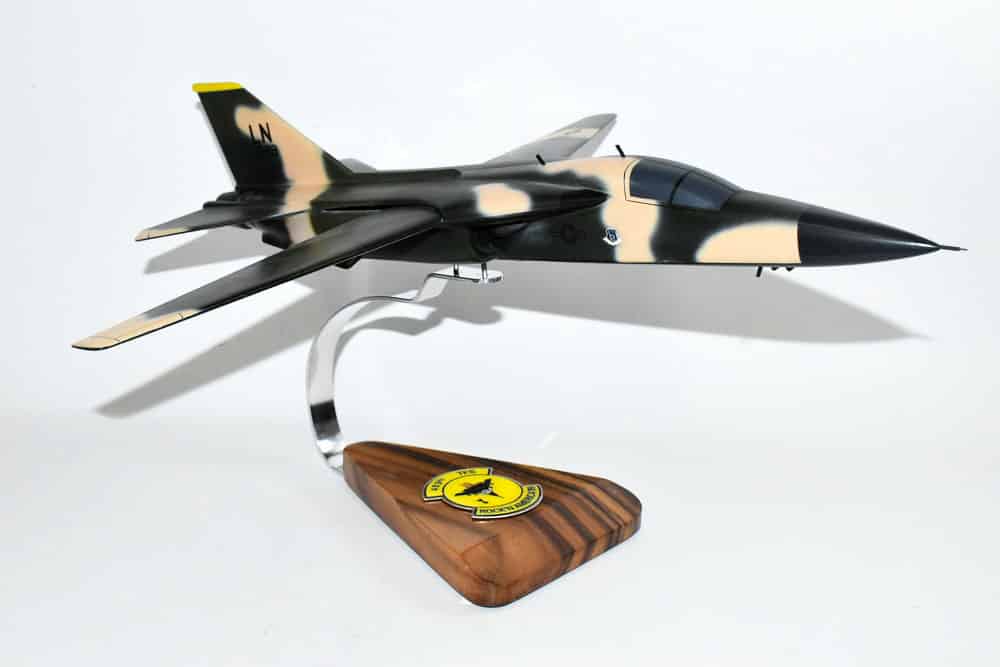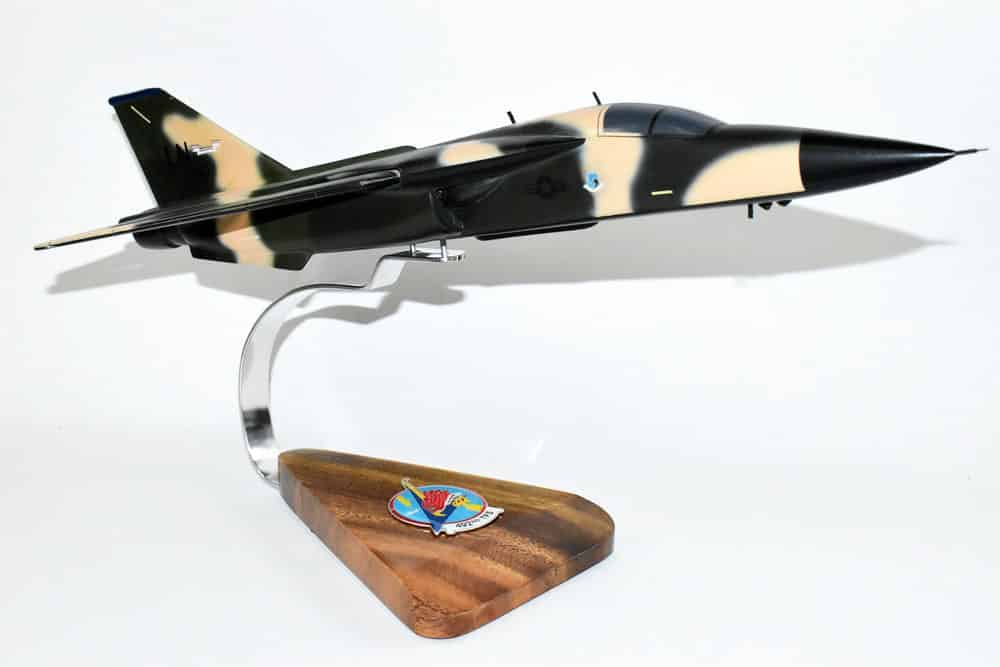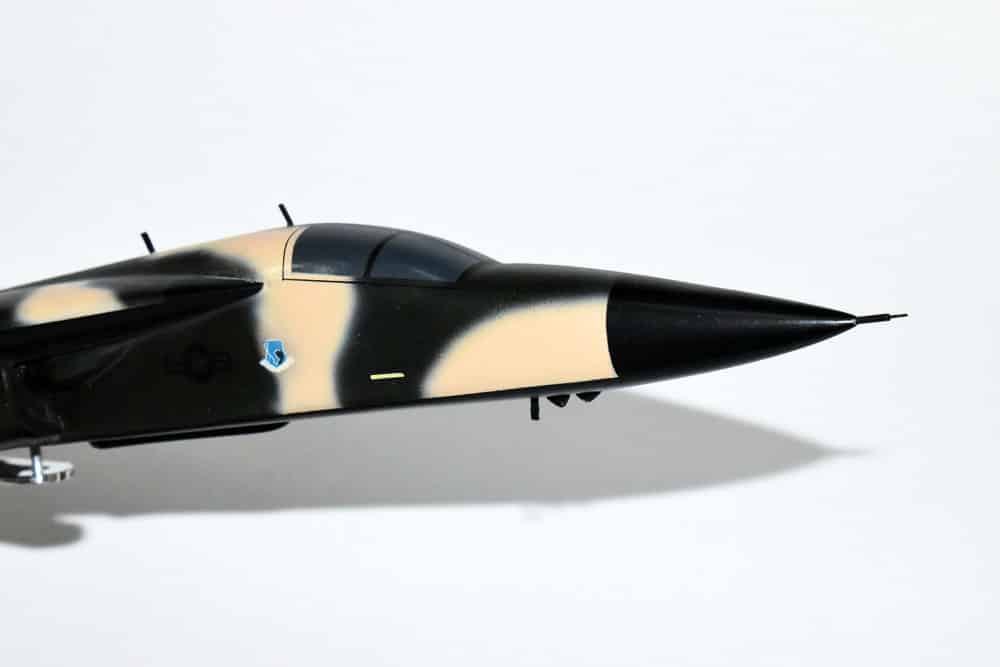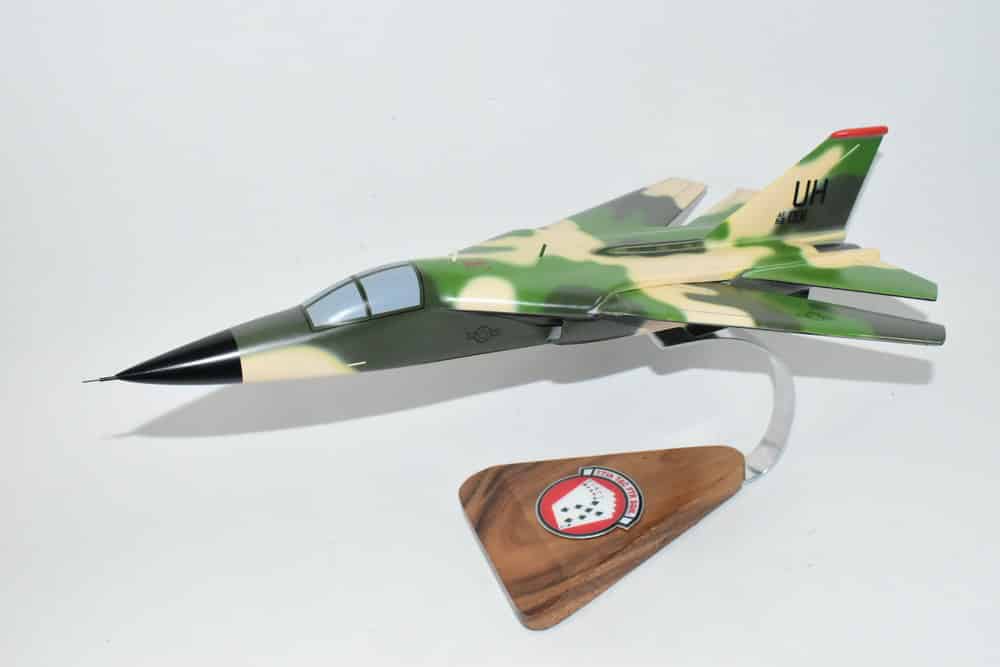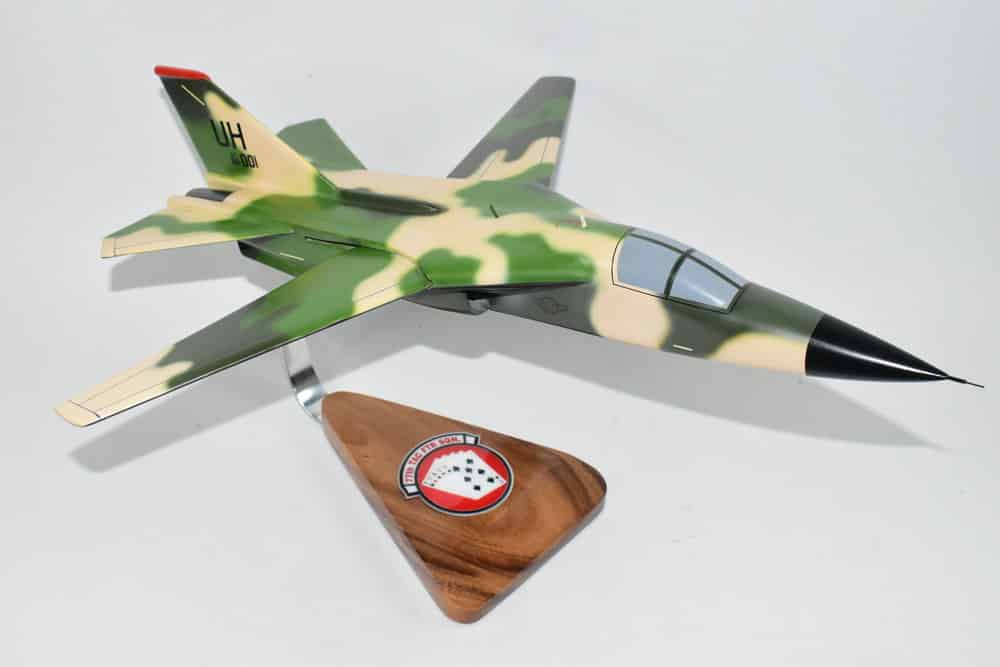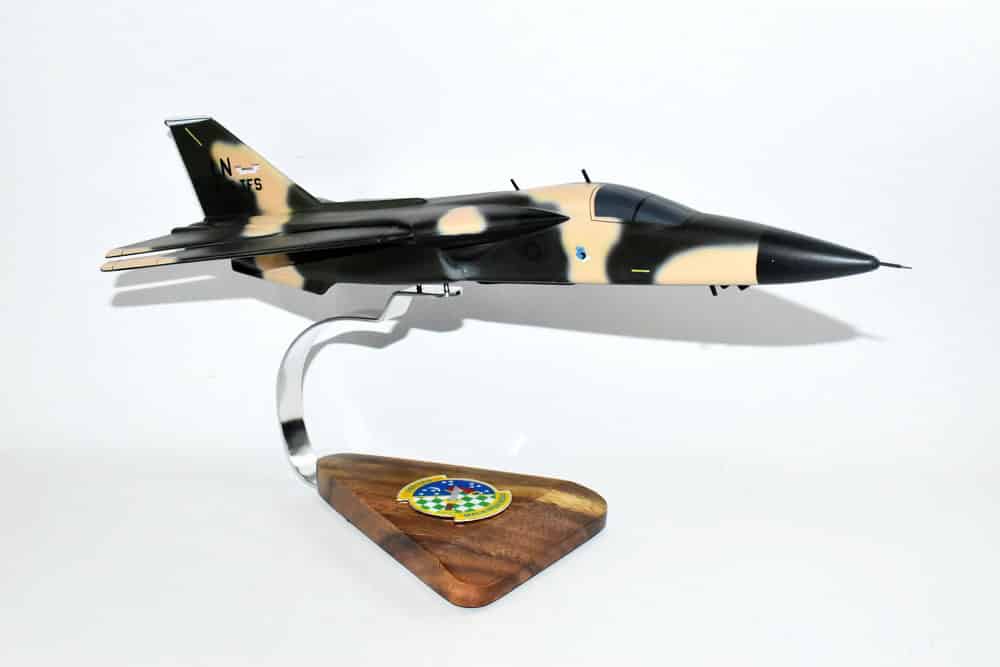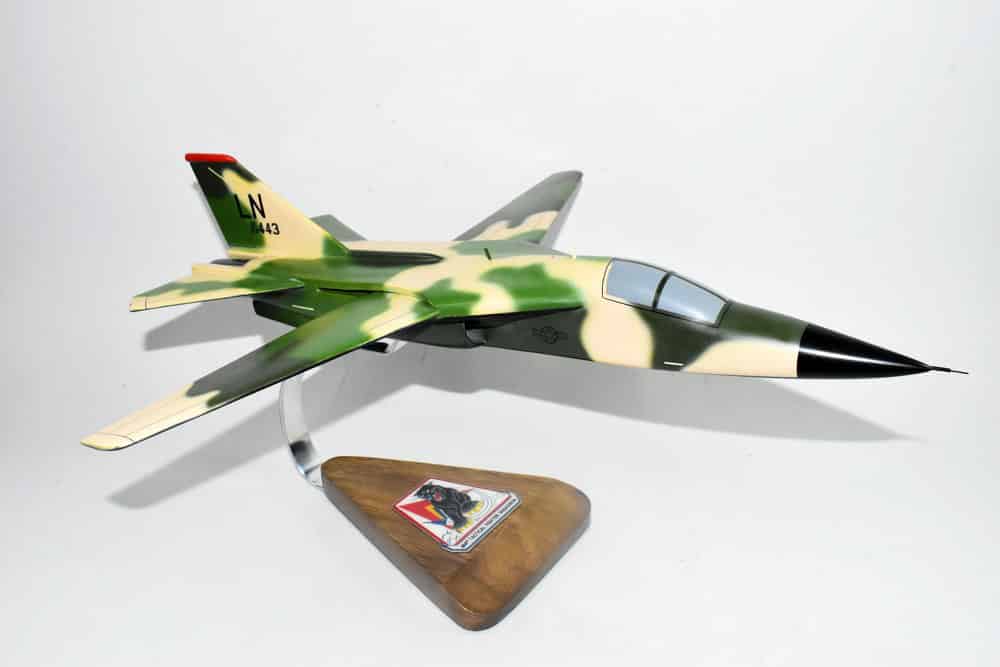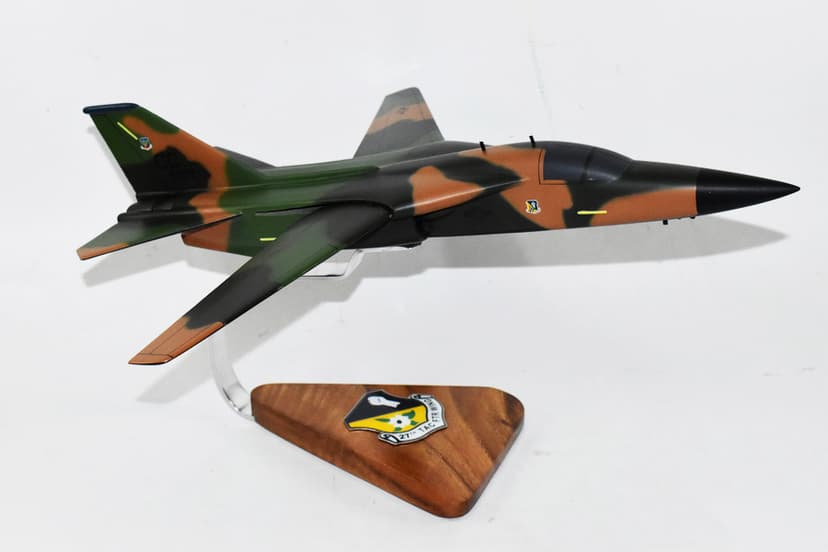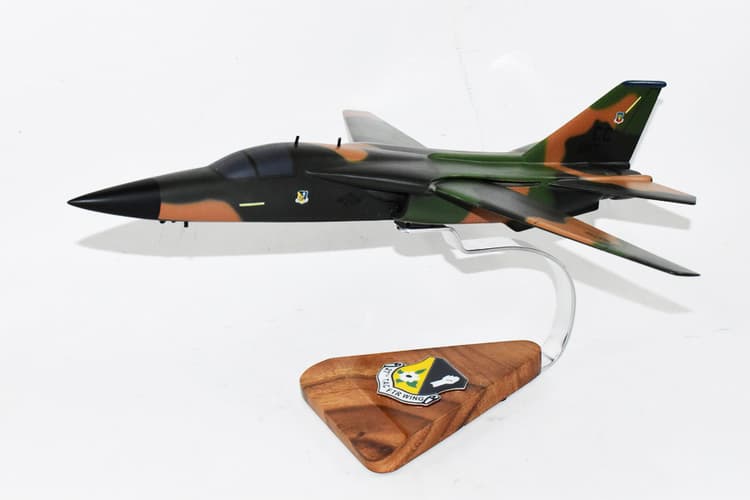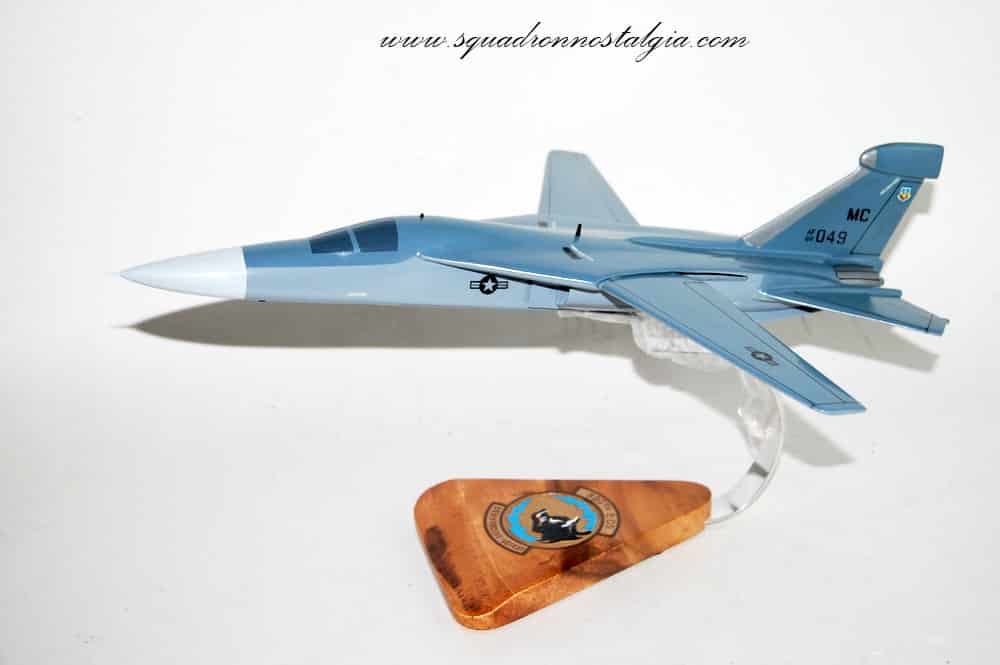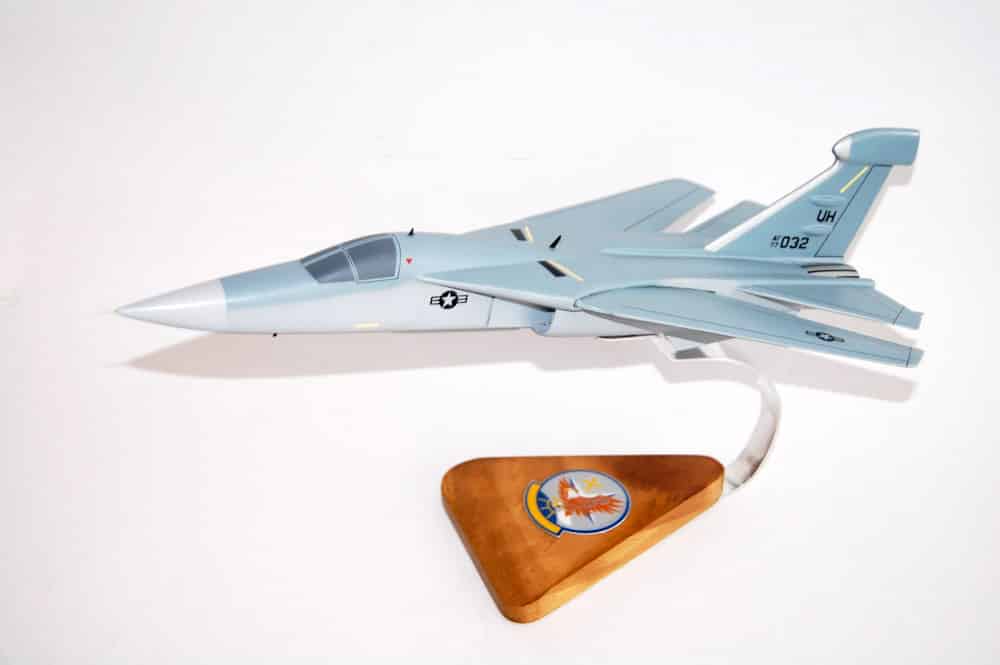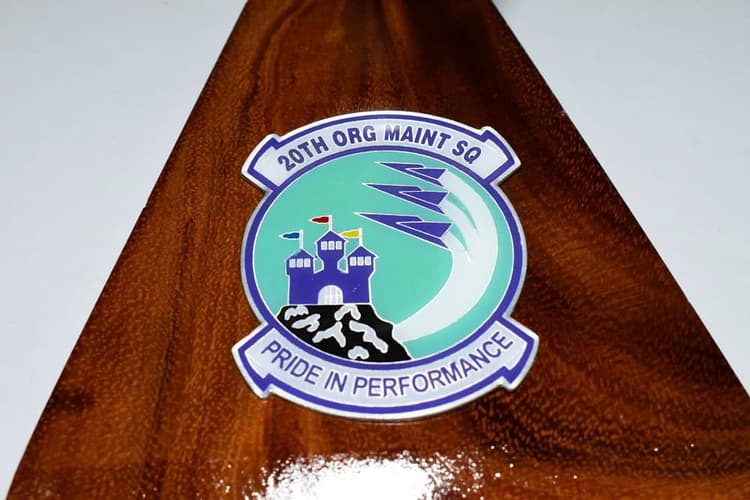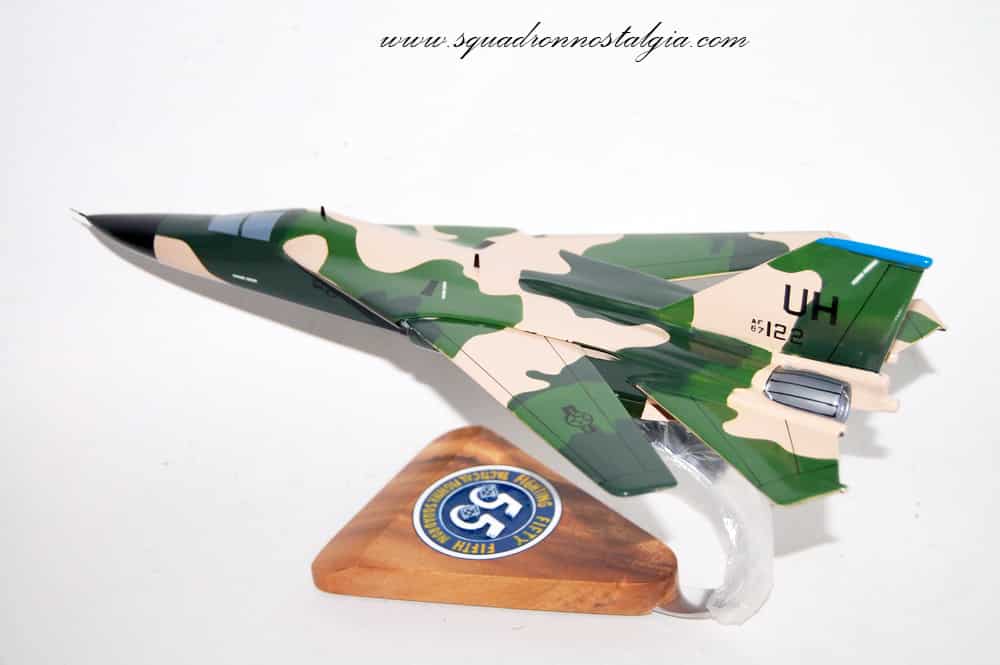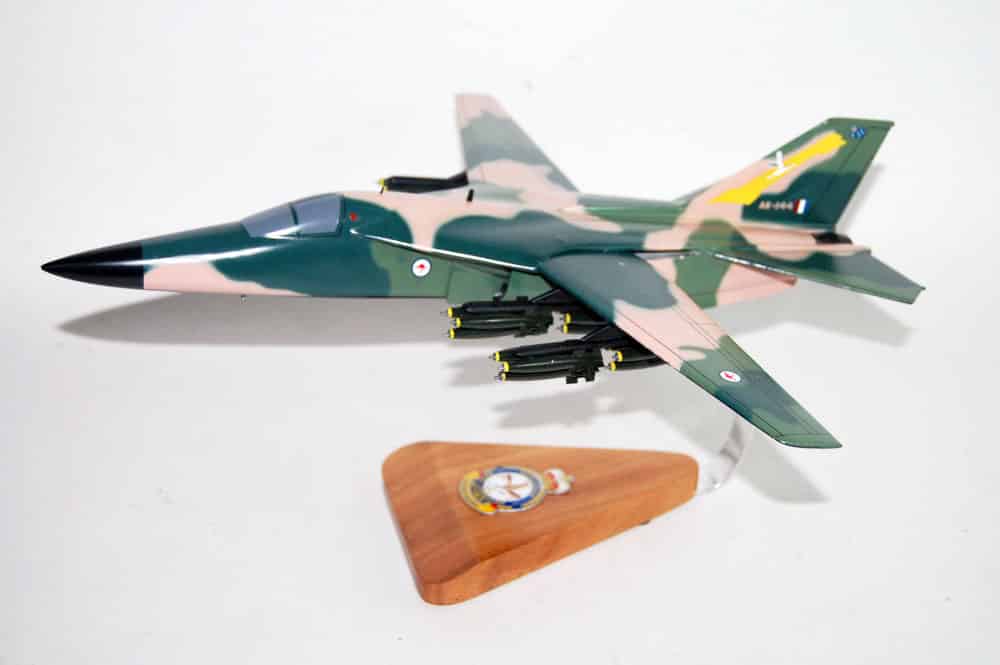F-111 Aardvark Model
Showing 1 - 14 of 14
Showing 1 - 14 of 14
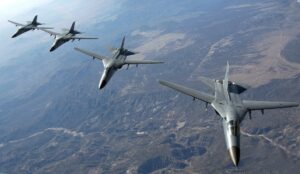 The General Dynamics F-111 Aardvark was a military aircraft that was used for a variety of roles, including ground attack, strategic bombing, reconnaissance, and electronic warfare. It was known for its advanced features, such as variable-sweep wings, afterburning turbofan engines, and automated terrain-following radar. While it was initially developed in the 1960s, it encountered several problems during its development. A fighter variant of the F-111, known as the F-111B, was intended to be used by the US Navy for long-range
The General Dynamics F-111 Aardvark was a military aircraft that was used for a variety of roles, including ground attack, strategic bombing, reconnaissance, and electronic warfare. It was known for its advanced features, such as variable-sweep wings, afterburning turbofan engines, and automated terrain-following radar. While it was initially developed in the 1960s, it encountered several problems during its development. A fighter variant of the F-111, known as the F-111B, was intended to be used by the US Navy for long-range
 interception, but was not accepted for production. The F-111 was eventually retired by the United States Air Force in the 1990s, and replaced by the F-15E Strike Eagle for medium-range precision strike missions and the B-1B Lancer for supersonic bombing. The Royal Australian Air Force continued to operate the F-111C variant until 2010. The nickname "Aardvark" was derived from the aircraft's long nose and low-level, terrain-following capabilities, and it was also known as the "Pig" during its service in Australia.
interception, but was not accepted for production. The F-111 was eventually retired by the United States Air Force in the 1990s, and replaced by the F-15E Strike Eagle for medium-range precision strike missions and the B-1B Lancer for supersonic bombing. The Royal Australian Air Force continued to operate the F-111C variant until 2010. The nickname "Aardvark" was derived from the aircraft's long nose and low-level, terrain-following capabilities, and it was also known as the "Pig" during its service in Australia.

